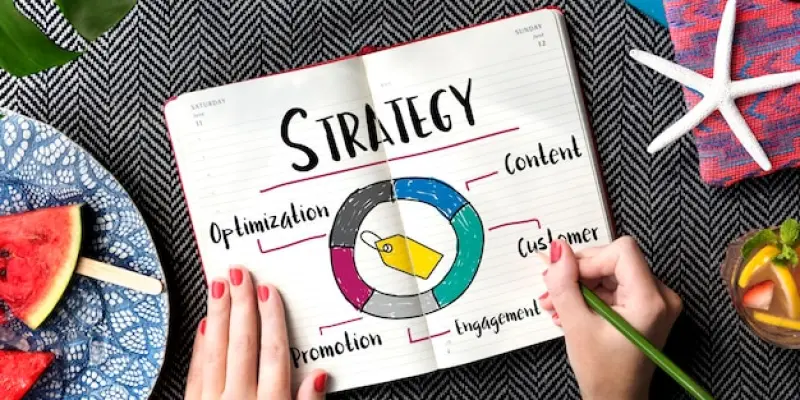A customer eagerly awaits their package, excited about the arrival of a product they meticulously researched and purchased. Days go by, and that excitement wavers, replaced by frustration due to unexpected delays and unreliable delivery services. This scenario, common in 2025, underscores the critical nature of enhancing customer experience as consumer expectations evolve.
Navigating Economic Uncertainty and Consumer Expectations
In an increasingly dynamic economic environment, prioritizing reliable delivery services can be the difference between customer retention and loss. Inconsistent or delayed deliveries can significantly harm customer satisfaction. Hence, businesses should invest in logistics and ensure that promises of delivery times are met consistently. Aesthetic considerations, like web design or superficial discounts, pale in comparison when customers face unreliable service.
Elevating the overall product and service value is another major pillar in bolstering customer satisfaction. With rising prices and tighter budgets, consumers scrutinize every purchase more than ever. Companies providing an exceptional customer experience can justify higher prices and build strong loyalty. Critical factors include minimal wait times, high-quality customer interactions, and efficient resolution processes, as studies show a large percentage of customers abandon brands after a single negative experience.
Addressing Buy Now, Pay Later (BNPL) Service Frustrations
Despite the increasing popularity of BNPL services, growing consumer dissatisfaction arises from hidden fees and unclear repayment terms. Businesses must judiciously select BNPL partners who prioritize transparency and customer expectations. Aligning with reputable BNPL services can protect and enhance business reputations rather than detracting from them.
Clear communication and transparency when offering BNPL options can significantly reduce customer complaints. Businesses should clearly outline fees, repayment schedules, and provide prompt customer support. This level of transparency builds trust and ensures customers feel secure in their purchasing decisions, thereby enhancing overall satisfaction and loyalty.
Preparing for Seasonal Spikes in Complaints
Preparing for seasonal spikes in customer complaints is critical. Holiday seasons, back-to-school, and other peak times see increased customer interactions and potential frustrations. By proactively reviewing customer feedback and ensuring service agents are trained to handle peak-time stress with patience and personalized interaction, businesses can mitigate negative experiences.
Investing in logistics and customer support infrastructure is essential during busy periods. Companies that adapt by refining their delivery logistics, simplifying refund policies, and bolstering customer support during high-demand times often receive better reviews and greater loyalty. This focused preparation is key for maintaining a positive customer experience, even under the pressure of seasonal demand.
Enhancing Overall Customer Experience
Leveraging AI technology to expedite service processes can have a considerable impact on customer satisfaction. By addressing queries more efficiently and accurately, AI-driven systems can reduce customer frustration and lower abandonment rates. The quick resolutions offered by AI can transform a potentially negative interaction into a positive customer experience.
Personalizing customer interactions significantly enhances customer satisfaction. Training customer service agents to provide tailored interactions can lead to more memorable and engaging customer experiences. This personal touch fosters stronger brand loyalty and creates an emotional connection with the customer, factors that are essential in today’s competitive market.
Business success in 2025 hinges on the ability to adapt to evolving consumer trends and expectations. Prioritizing reliable delivery services, ensuring product value, selecting trustworthy BNPL partners, and preparing for seasonal demand are essential strategies. By leveraging technology and personalizing customer interactions, companies can remain competitive and foster lasting customer loyalty. Adapting to changes, focusing on customer satisfaction, and effectively managing logistical and service challenges is key to thriving in a constantly evolving marketplace.

